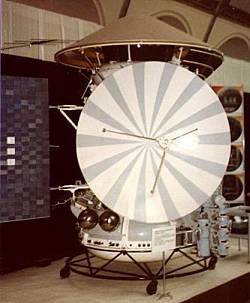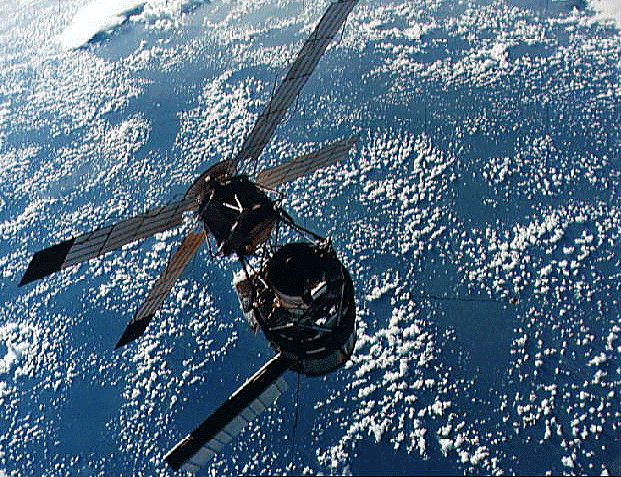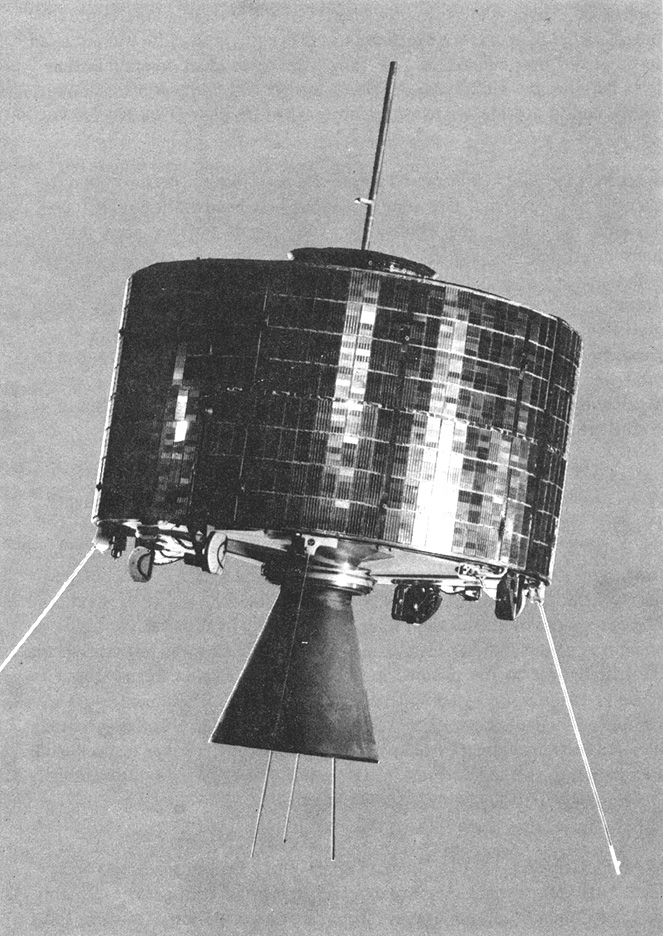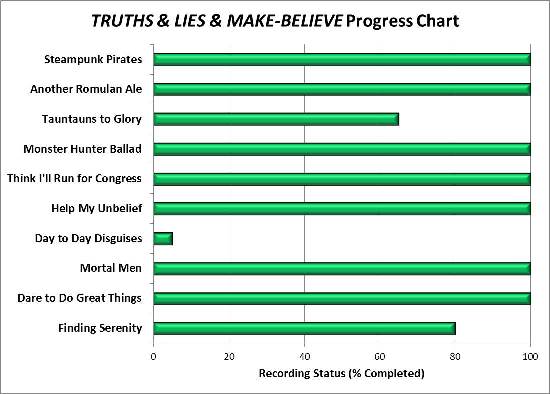Thirty-five years ago today — August 12, 1978 — an Explorer-class spacecraft launched from Cape Canaveral on a Delta rocket.

(ISEE 3. NASA image.)
Originally named International Sun-Earth Explorer 3, the spacecraft was placed in a halo orbit around Lagrange point L-1 between the Earth and the Sun to study the magnetosphere. In 1982, after its L-1 observations, it was put through a series of maneuvers that took it through several encounters at the L-2 Lagrange point on the other side of Earth from the Sun.
After several passes through the Earth’s magnetotail, with gravity assists from lunar flybys in March, April, September and October of 1983, a final close lunar flyby (119.4 km above the moon’s surface) on December 22, 1983, ejected the spacecraft out of the Earth-Moon system and into a heliocentric orbit ahead of the Earth, on a trajectory intercepting that of Comet Giacobini-Zinner. At this time, the spacecraft was renamed International Cometary Explorer (ICE)…. [T]he spacecraft traversed the plasma tail of Comet Giacobini-Zinner on September 11, 1985, and made in situ measurements of particles, fields, and waves. It also transited between the Sun and Comet Halley in late March 1986, when other spacecraft (Giotto, Planet-A, MS-T5, VEGA) were also in the vicinity of Comet Halley on their early March comet rendezvous missions. ICE became the first spacecraft to directly investigate two comets.
In 1991, ICE was re-tasked for solar study. It operated until May 1997.

















